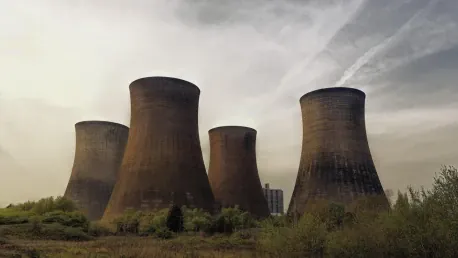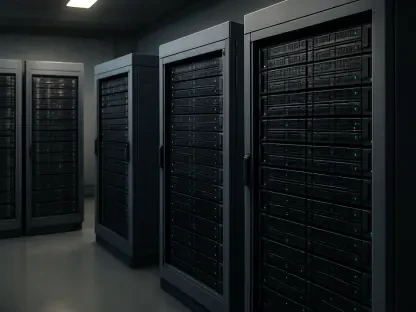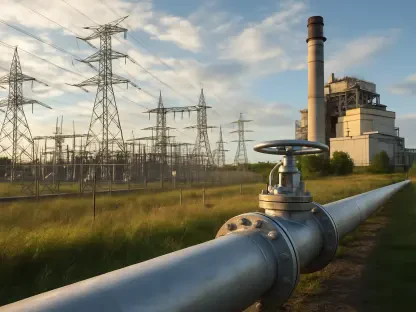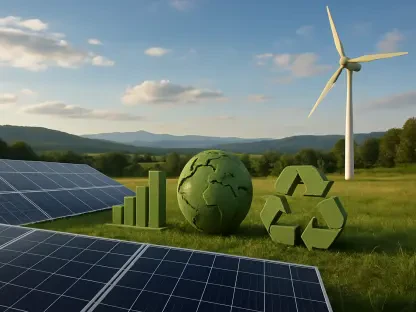Listen to the Article
To combat climate change head-on, the renewable energy movement must employ nuclear power as an incremental chess piece. Despite churning out challenges like construction delays, rising costs, and unresolved waste handling, the potential of fission is too significant to overlook.
Industry leaders are now turning to small modular reactors, which they promise will overcome these obstacles. Despite the sky-high expectations they face, key players still await evidence that these solutions can fundamentally alter the future of power.
Read on to get in on the discussion.
The Speed and Cost Benefits
Building huge compounds at intended sites can take a lot of time and money. On the other hand, small modular reactors promise faster deployment at lower prices. These next-generation plants produce less than 300 MW of electricity, while traditional systems usually provide more than 1000 MW. Supporters of this innovation believe they can produce lower-priced, sustainable coverage faster and with superior adaptability to support increasing energy needs.
A Blueprint for Meeting 2050 Climate Goals
Nuclear potency currently supplies 10% of the world’s needs, and the International Energy Agency (IEA) predicts that more countries will start adopting this industrial science. After all, it produces dependable utilities without greenhouse gas emissions, helping society work toward achieving 2050 emission targets.
For the IEA’s 2050 Net Zero targets, fission-powered station capacity must grow worldwide by 50%. Researchers expect small modular reactors to help scale the number faster and for less money than traditional infrastructures. According to the IEA’s net-zero energy plan, about half of the needed emissions cuts by 2050 will depend on small modular reactor technology before it becomes commercially available.
Revolutionizing Energy with Flexibility, Safety, and Lower Costs
Smaller plants have a key feature: they can change how they manage capacity. They allow factory production before shipping modular parts to their target locations, surpassing standard designs. Such a flexible system helps complete projects sooner at lower costs while making electricity generation more effective.
They are also considered safer and easier to customize. They are well-suited to cover remote regions and serve as microgrid components to support isolated towns and industries relying on a sustainable power source. Due to their compact dimensions, small modular reactors maintain more stability in adverse weather conditions than traditional facilities.
Mini generators may require fuel supply less often than standard fission technology. New energy agency data shows that small modular reactors can provide electricity for up to three decades without requiring user attention, while regular plants must reload fuel annually.
Countries that depend heavily on their manufacturing can use this invention as a key tool for reducing carbon emissions. The new designs achieve temperatures above 500°C to sustain challenging industrial operations, such as steel making and chemical production, which resist electrification.
Global Efforts to Scale Small Modular Reactors
China is the global leader in operating the first commercial micro plant today. Shandong Province in China began commercial operations of the world’s first 200 MW high-temperature gas-cooled small modular reactor in late 2023. China also started 15 new projects in this sector in 2022.
The United States aims to build up to 200 GW of new nuclear power by 2050, with a significant contribution from small modular reactors. The U.S. Department of Energy provides $160 million to drive advanced atomic energy plant development through its Advanced Reactor Demonstration Program. After the 2022 Inflation Reduction Act, tax credits were introduced to refund up to 30% of investments in new plans, including mini facilities.
In Canada, government programs offer up to 30% refundable Investment Tax Credits for small modular reactor developers. Authorities aim to deliver 24 GW of nuclear energy by 2050, setting aside £20 billion for the endeavor in the UK. During October 2023, the UK government selected EDF Hitachi and Rolls-Royce designs for financial support.
The European Union has also advanced small modular reactor development, setting aside €15 million in Euratom Work Programme funds to study the safety of light-water blueprints, particularly those that use water to cool the chamber and control neutron speed.
The Waste Management Challenge
Despite their benefits, mini reactors present significant challenges in waste management. While experts hoped smaller facilities would produce less radiation than regular plants, a 2022 Stanford University study found that small modular reactors generate more contaminated materials. Research suggests that less capacity means up to 30 times more radioactive waste than their traditional counterparts. This issue arises from neutrons leaving the reactor core, affecting the composition of the waste—a process known as nuclear leakage.
Environmental groups like Greenpeace say that using micropower plants worldwide could increase the risks of dangerous leaks, as they would be located at many different sites. Understanding how materials and waste will transform over centuries poses challenges to securely storing by-products.
High Costs and Uncertain Returns
According to Professor Bent Flyvbjerg of Oxford University, atomic projects regularly exceed their final budgets by 120%, making them the most expensive energy-producing plants across industries.
Proponents of the new micro models argue that their modular design helps reduce construction costs compared to larger reactors. However, critics contend that the reduced size could result in ‘paying more coin’ per megawatt. Professor MV Ramana of the University of British Columbia explains that small modular reactors do not reach efficient production levels even with fewer components. The added construction leads to higher expenses than traditional nuclear complexes despite smaller sites having the same essential parts.
An example of this challenge is the Utah Associated Municipal Power Systems’ plan, canceled after NuScale Power projected a $9.3 billion investment for six units. The plan produced just 462 MW of power—around $20,000 per kilowatt. In comparison, wind power plants in North America cost about $1,285 per kilowatt, far less than nuclear factories.
Conclusion
The world seeks environmental and renewable solutions, so small modular reactors emerge as important atom-splitting technology. These atomic chambers stand out because they offer both safety advantages and design flexibility while requiring less space in their modular components to provide power for energy needs at lower carbon emissions.
Small modular reactors encounter key hurdles in addition to those experienced by standard ones, such as high development costs, complex rules, and ongoing atomic waste concerns. The market’s future depends on their performance, which shows accurate results.
The future of nuclear energy beyond 2024 will depend on small modular reactors’ capacity to harmonize with multiple low-carbon solutions within complex power generation systems. Future tests will show whether the innovation continues to evolve as part of their historic successes and failures.









